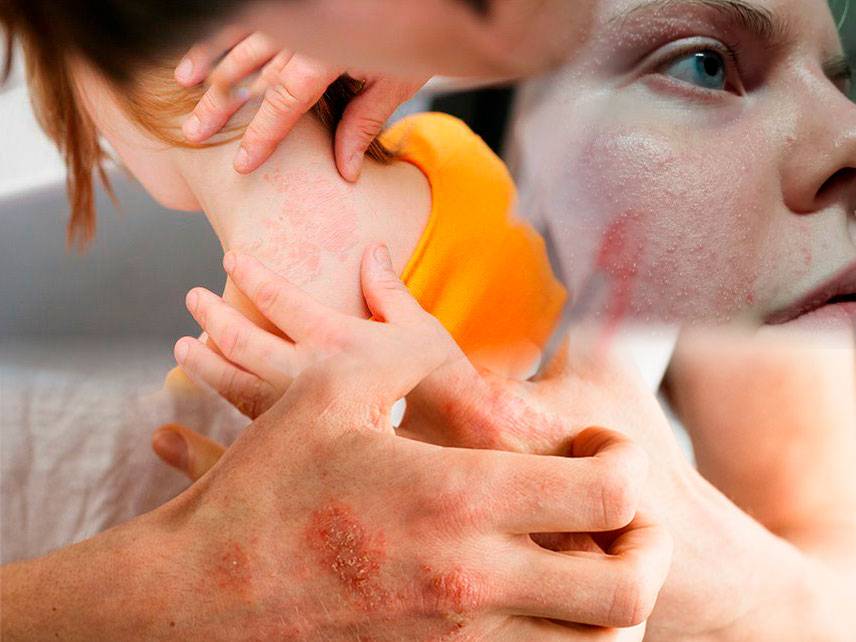Contact dermatitis is a type of eczema that develops when skin comes into contact with an allergen or irritant substance. It can occur anywhere on the body, but is most common on the hands, arms, and face. The condition causes red, itchy, and sometimes painful rashes.
Signs and symptoms
The signs and symptoms of contact dermatitis include:
-
Redness
-
Itching and burning
-
Swelling
-
Blisters
-
Dry, cracked, scaly skin
-
Oozing or crusting
-
Thickening of the skin
Causes
Contact dermatitis occurs when the skin comes into contact with certain substances, such as soaps, detergents, fragrances, jewelry, and clothing. These substances can be either allergens or irritants. Allergens cause an allergic reaction and irritants cause an inflammatory response.
Risk factors
There are several factors that may increase the risk of developing contact dermatitis, including:
-
Working with certain chemicals, such as solvents, detergents, and oils
-
Exposure to plants, such as poison ivy, poison oak, and poison sumac
-
Wearing jewelry, watches, or other metal objects
-
Wearing tight-fitting, synthetic clothing
-
Having a weakened immune system
Prevention
The best way to prevent contact dermatitis is to avoid contact with potential allergens and irritants. This can include wearing gloves when handling certain substances and avoiding contact with plants. It is also important to wear loose clothing and to avoid wearing jewelry.
Diagnosis
A doctor can diagnose contact dermatitis by examining the affected area and asking questions about the symptoms and possible causes. They may also order a skin patch test to determine if an allergen is causing the reaction.
Treatment
Treatment for contact dermatitis may include:
-
Oral medications, such as antihistamines and corticosteroids
-
Topical medications, such as corticosteroid creams and ointments
-
Phototherapy, which involves exposing the skin to ultraviolet light
-
Wet dressings, which involve soaking the skin in water and then applying a topical medication
Coping and support
Living with contact dermatitis can be difficult and it is important to take steps to manage the condition. This includes avoiding contact with potential allergens and irritants and taking medications as prescribed. It is also important to practice good skin care, such as moisturizing regularly and avoiding hot showers or baths.
Complications
Contact dermatitis can lead to complications, such as skin infections and scarring. It is important to seek medical treatment as soon as possible to prevent complications.
Living with Contact dermatitis
Living with contact dermatitis can be difficult, but there are steps that can be taken to manage the condition. It is important to avoid contact with potential allergens and irritants and to practice good skin care. It is also important to take medications as prescribed and to seek medical treatment as soon as possible to prevent complications.
Contact dermatitis is a type of eczema that develops when skin comes into contact with an allergen or irritant substance. Symptoms include redness, itching, and burning. Treatment may include oral or topical medications and phototherapy. It is important to take steps to manage the condition, such as avoiding contact with potential allergens and practicing good skin care. It is also important to seek medical treatment as soon as possible to prevent complications.





